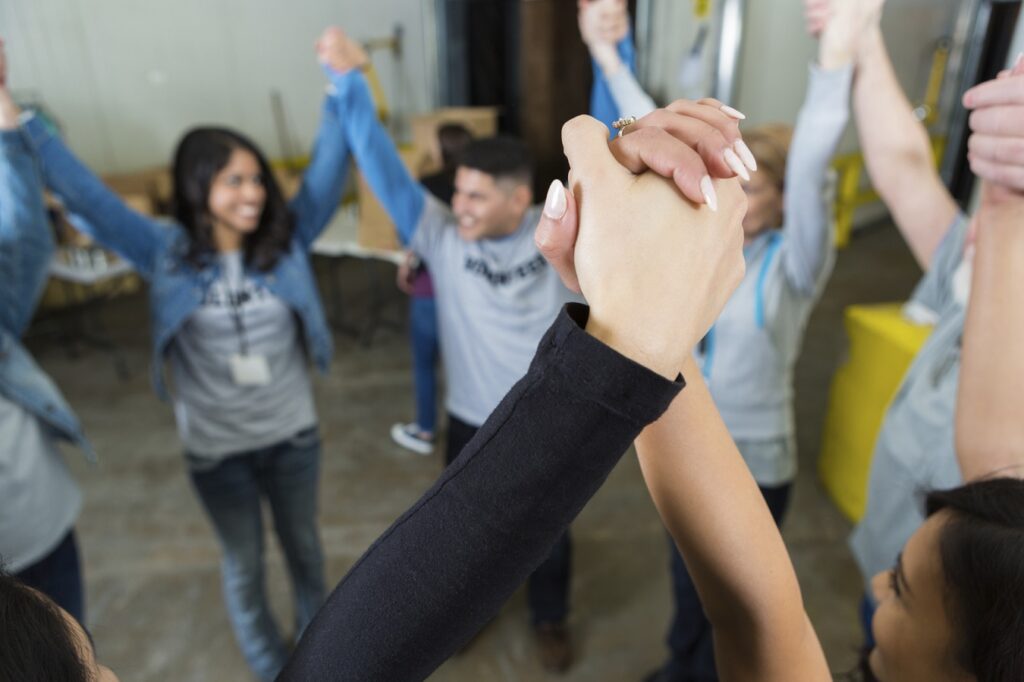We’re very used to the idea of remote workers. But what about employees with nothing to be ‘remote’ from? The speed of the shift to mobile connectivity and devices is making the traditional office and corporate HQ – with all the associated capital costs and long commuting times – look outdated and inefficient.
In the US, for example, there are already estimated to be 100 million mobile workers.
For HR that means a very different environment and a shifting set of structures and relationships on which to base people management.
Where’s the glue that gives people a sense of shared experience, values and identity?
People can be very comfortable with IT and the pace of change, with working independently and intensively in high-speed. For many, especially younger generations who haven’t experienced more traditional working environments, a high-tech bubble can look ideal, effective and efficient.
But for people who need to work with them it can be more of a problem. More focus and support will be needed on developing emotional intelligence, empathy and people management.
Everyday cohesion
HR need to look to create particular roles where cohesion is an important part of their day-to-day responsibilities, who can work against the trends for reliance on IT, be thinking about what and how social activities can be used and make them happen.
They should play a part in monitoring IT use and setting out principles for what’s ‘healthy’ in and outside of work hours, and to give guidance on when face-to-face contact is needed. There’s a neat fit with the issue of our ageing population, with opportunities for the older members of the workforce can also make a significant difference.
More over 60s at work can play an important role in acting as coaches, mentors and the social glue for engaging and supporting younger people.
Physical nature of workplaces
The physical nature of workplaces needs to reflect the changes.
Offices are less likely to be places that staff travel to every day. Workspaces will be open 24 hours a day to better suit the natural body rhythms and needs of employees, some who prefer to work at night, some early in the mornings etc.
In this context workplaces need re-working to be more naturally a hub for people time, for communications and socialising. They’ll be less functional and created more for social interactions and as a strongly-branded ‘home’.
Huge corporate HQs already use these ideas. Google has thousands of employees in a single building, but ensure there’s just one staff restaurant with a single entrance to ensure people are meeting up. Nike has a running track, visible from the foyer so staff and visitors get a sense of a ‘living’ brand.
Construction firm Skanska uses its corporate HQ to demonstrate its commitment to sustainable building with an environment of eco-friendly materials and green walls.
How do people cope psychologically?
The underlying issue is about how people cope psychologically with being remote, from lacking a ‘home’, and that means building resilience. The ability to stay healthy under pressure, and bounce back from difficulties is increasingly a fundamental quality.
Just as you can increase your physical resilience by preparing and teaching yourself to use the right exercises and equipment for challenging situations, you can also increase your emotional resilience by putting coping mechanisms in place to support you through difficult times. The evidence tells us that measures required to become emotionally ready for mentally testing times include; having a trusted person on standby who you feel able to offload with and confide in, even if it’s just a close family member; knowing the number for a counsellor at the end of the EAP helpline.
Other important measures include the ability to unpick problems and see the bigger picture. Again, something we can do with relative ease when it’s someone else’s problem or we’re not under pressure, but when our back’s against the wall, it’s all too easy to keep focusing on the urgent stuff and lose sight of what’s important.
Other ingredients typically include regular contact with family and friends, being able to empty our minds for at least some part of every day, making time to enjoy a hobby or indulge a passion, and participating in fun, endorphin-releasing exercise. All these elements, along with the basics like eating and sleeping well, help to build up a strong basis for coping.
Workspaces will continue to change, and employers can’t expect their people to fit in as easily as the new furniture. The organisations who’ll make the greatest gains from the new efficiencies from a mobile, digital world of work will be those who get the human factors right, building in resilience so employees can flex but not break.






